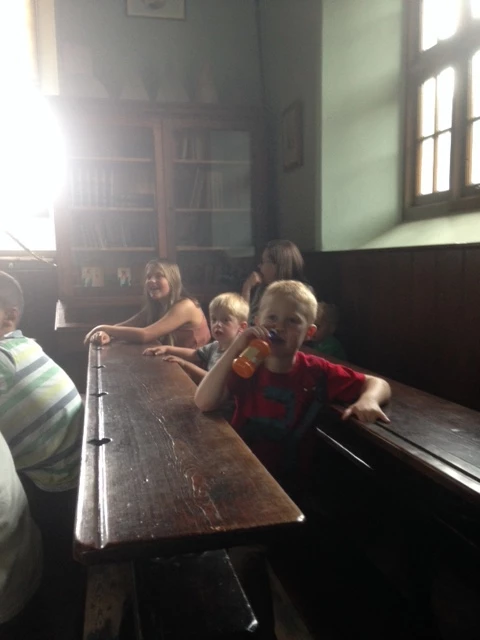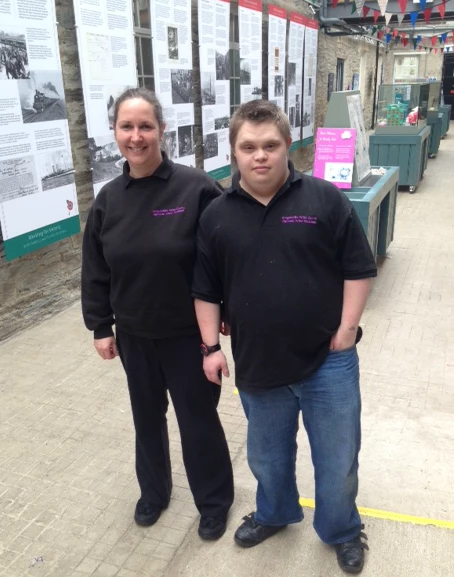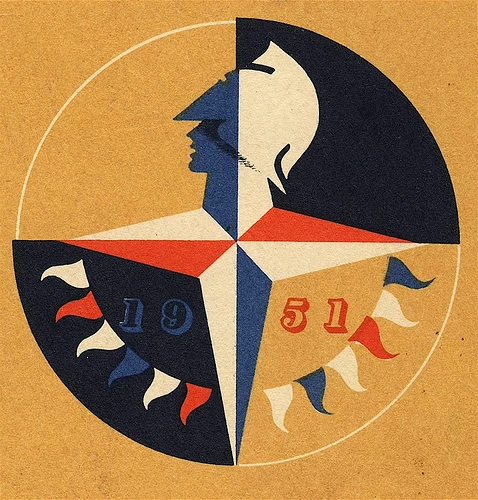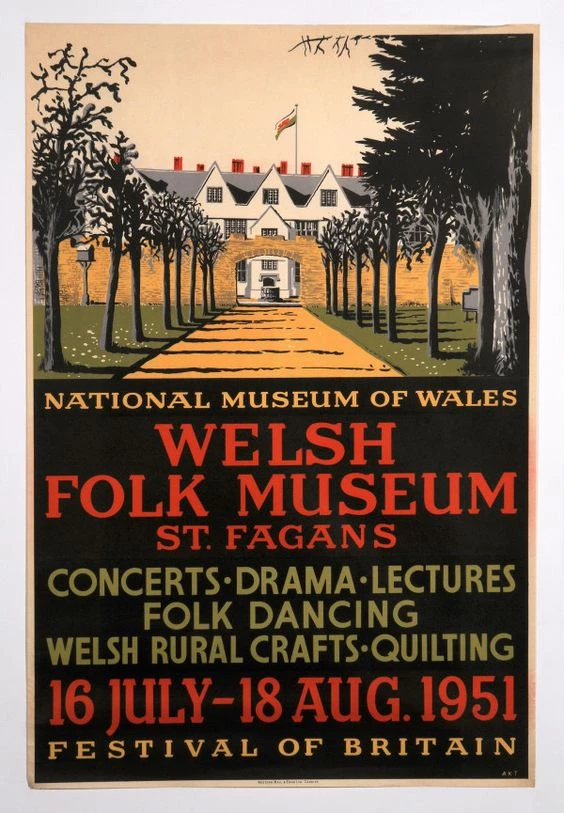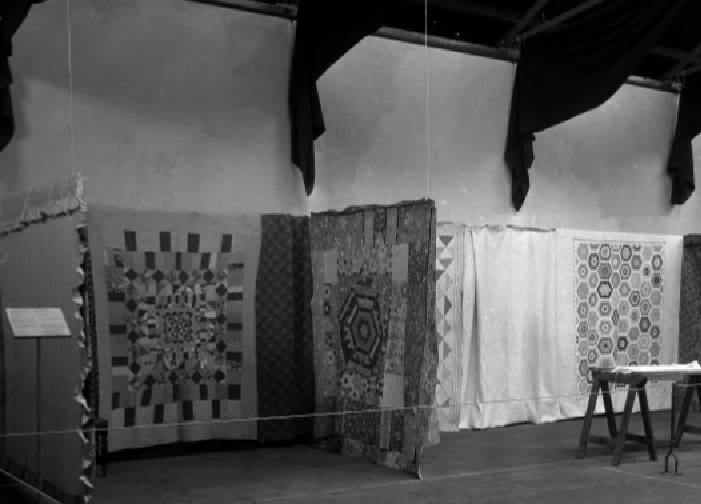Apêl #Ryseitiau a Lluniau – Gŵyl Fwyd Sain Ffagan
, 24 Awst 2016
Mae’n anodd credu bod Gŵyl Fwyd Sain Ffagan ar y gorwel unwaith eto. Y llynedd, gofynnom i chi drydar eich hoff ryseitiau teuluol atom. Cawsom ymateb gwych gennych, diolch eto i bawb a gymerodd ran, gan ein galluogi greu arddangosfa hyfryd yn Sefydliad y Gweithwyr Oakdale dros yr Ŵyl.
Fel rhan o’r Ŵyl eleni, rydym yn lansio fersiwn digidol o gyfrol Amser Bwyd, a’r fersiwn Saesneg Welsh Fare, sef casgliad o ryseitiau traddodiadol a gasglwyd gan Minwel Tibbott. Pan gychwynnodd Minwel yn yr Amgueddfa ym 1969, maes hollol newydd oedd astudio bwydydd traddodiadol. Sylweddolodd yn fuan nad trwy lyfrau oedd cael y wybodaeth, a theithiodd ar hyd a lled Cymru yn holi, recordio a ffilmio’r to hynaf o wragedd. Roedd eu hatgofion o’r prydau a ddysgont gan eu mamau yn aml yn dyddio nôl i ddiwedd y 1800au.
Bydd modd nid yn unig darllen y ryseitiau hyn, ond i glywed rhai o’r gwragedd yn disgrifio’r prosesau a’u gweld yn paratoi’r prydau. Rydym ninnau yn awyddus i ychwanegu at y casgliad hwn, ac yn gofyn yn garedig, wrth i ferw’r Great British Bake Off afael ynom unwaith eto, i rannu eich hoff ryseitiau teuluol gyda ni. Hoffem hefyd ychwanegu at ein casgliad o luniau o bobl yn cyd-fwyta a dathlu – boed hynny’n bobl yn mwynhau eich creadigaethau, yn ddathliad teuluol neu ffrindiau yn dod yn hyd.
Gallwch drydar eich ryseitiau a’ch delweddau a’r manylion i @archifSFarchive neu ar dudalen Facebook Sain Ffagan gan ddefnyddio’r hashnod #Ryseitiau #GwylFwyd. Fel arall, dowch â nhw i’r Ŵyl Fwyd, ac mi nawn ni eu sganio yn Sefydliad y Gweithwyr. Bydd y cyfan – yn ogystal â ryseitiau'r llynedd i’w gweld ar Gasgliad y Werin Cymru.
Cadwch lygaid ar y prosiect hwn drwy ddilyn cyfrifon trydar @archifSFarchive ac @SF_Ystafelloedd a’r hashnodau #GwylFwyd #Ryseitiau #AmserBwyd.




